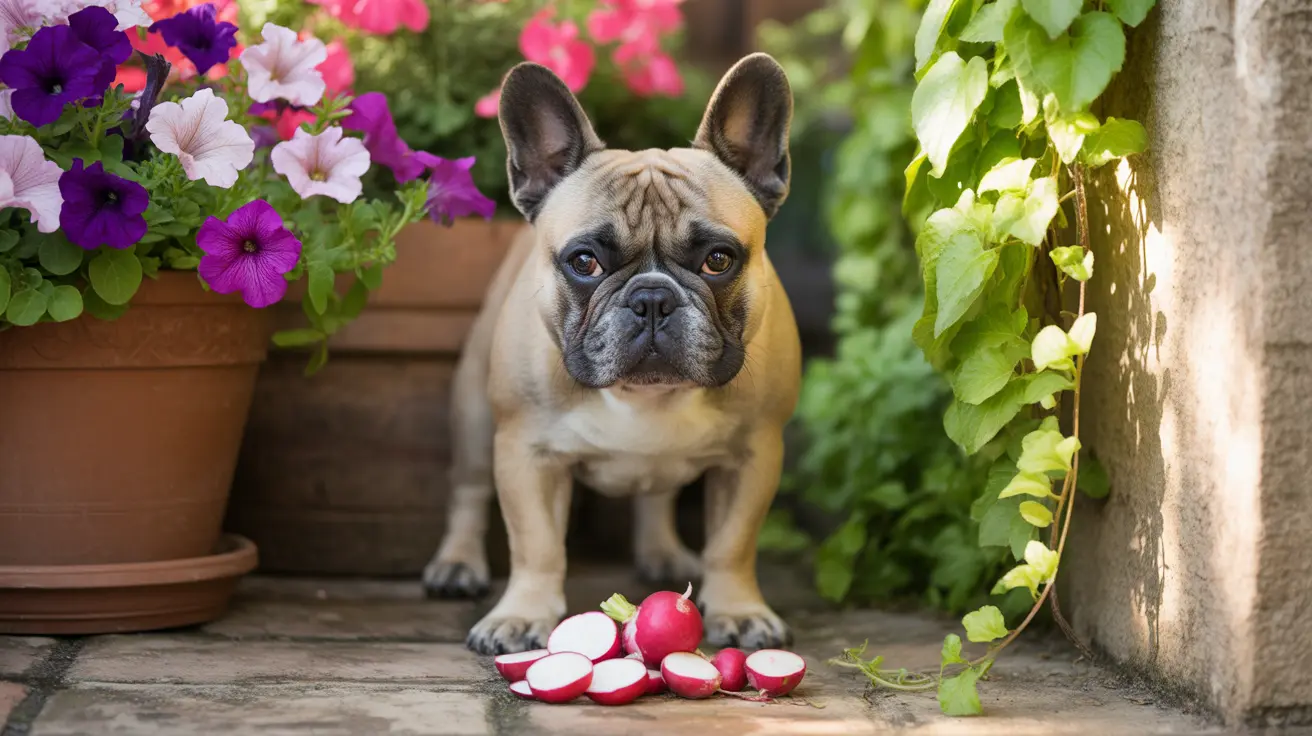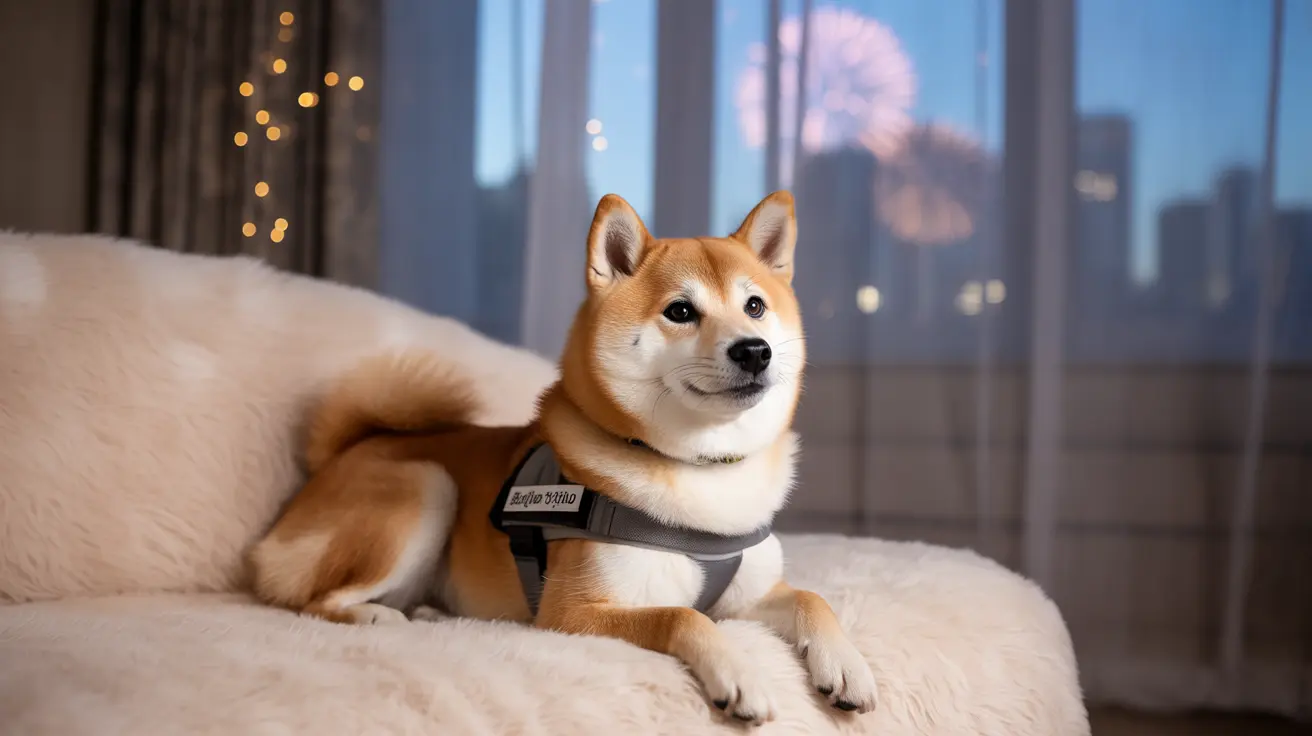How to Potty Train an Older Dog: Step-by-Step Guidance
Potty training an adult or older dog isn't always straightforward, but with the right approach—and a little empathy—you can help your furry companion develop reliable habits. Whether you've adopted a shelter dog or are helping your longtime pet adjust to changes in their environment, understanding their needs is key.
Start by Ruling Out Medical Issues
Before jumping into training, make sure there aren't any underlying health problems causing accidents. Frequent or sudden indoor elimination can sometimes signal issues like urinary tract infections, diabetes, Cushing's disease, mobility limitations, or even cognitive dysfunction. If you're seeing other symptoms or the problem is new and persistent, check in with your veterinarian first.
Establish a Consistent Routine
Dogs thrive on predictability. Take your dog outside at the same times every day—right after waking up, following meals, during the day, and before bedtime. This helps them learn when and where they're expected to go. Consistency builds trust and understanding.
Supervise and Confine When Needed
When indoors, keep a close eye on your dog. You might use a leash attached to your belt or baby gates to keep them within sight. If you can't supervise directly (say you're busy or away), confine your dog to a crate or small room that's easy to clean. The crate should be just big enough for comfort—standing up, turning around, lying down—but not so large that one corner becomes a bathroom spot.
Frequent Bathroom Breaks Are Essential
- Take your dog out at least once every hour when starting out.
- Add extra trips after meals, play sessions, and naps.
- This frequent schedule gives plenty of chances for success outdoors.
Use Positive Reinforcement—Quickly!
The moment your dog eliminates outside in the right spot, offer enthusiastic praise and a high-value treat within seconds. Dogs learn best from immediate feedback; waiting too long can confuse them about what they're being rewarded for.
Pick a Designated Bathroom Spot
Choose one area outside where you want your dog to go each time. Consistently returning to this place helps them associate it with elimination. If needed (especially early on), leave a bit of soiled material from previous accidents there as a scent cue.
Watch for Cues and Respond Promptly
- Pacing
- Sniffing around
- Circling
- Whining or heading toward the door
If you notice these signs, take your dog out immediately—they're telling you they need to go!
Gradually Increase Freedom Indoors
Your dog shouldn't have free run of the house until they're reliably going outside. As they build good habits (and stay accident-free), slowly allow more access to different rooms.
If Accidents Happen: Stay Calm
Catching your dog in the act? Gently interrupt (a simple “let’s go outside!” works) and bring them outdoors right away. Don't punish or scold; this only creates fear and confusion. Clean any soiled spots thoroughly with an enzymatic cleaner so lingering odors don't invite repeat performances.
Avoid Long Unsupervised Periods
If you'll be gone longer than your dog's bladder can handle (usually four to eight hours for adults), arrange for someone else to provide a break—or set up an indoor bathroom option like pee pads or an indoor potty area.
Track Progress With a Journal
A simple log of meal times, potty breaks, and accidents can reveal patterns that help fine-tune your training plan.
Troubleshooting Special Cases
- If you've adopted an outdoor-only or previously untrained adult dog: They may not recognize grass or dirt as acceptable spots at first—be patient as they learn what's expected.
- If you have another house-trained dog: Their example can speed up learning for the newcomer.
- If marking behavior or anxiety is present: Address these root causes with targeted strategies (sometimes professional help is needed).
No Punishment—Only Patience Pays Off
Punishing accidents doesn't teach better habits; it teaches dogs to hide their behavior from you—or worse, fear eliminating altogether when you're nearby. Focus on positive reinforcement instead.
The Timeline: What to Expect?
Most adult dogs master house training within weeks (sometimes months) if given structure and encouragement. Some medical or individual factors may slow things down—but patience wins out in almost every case!





